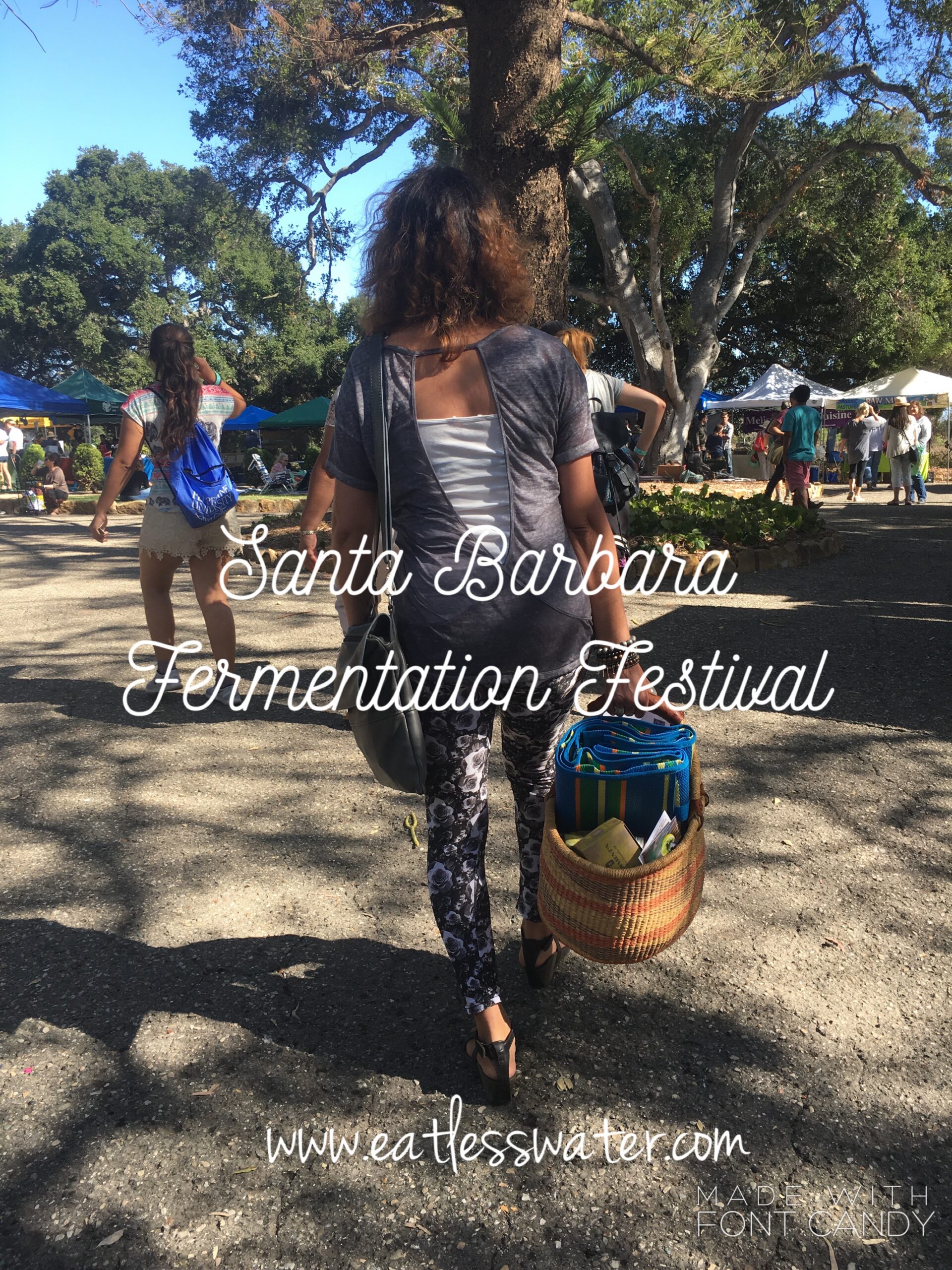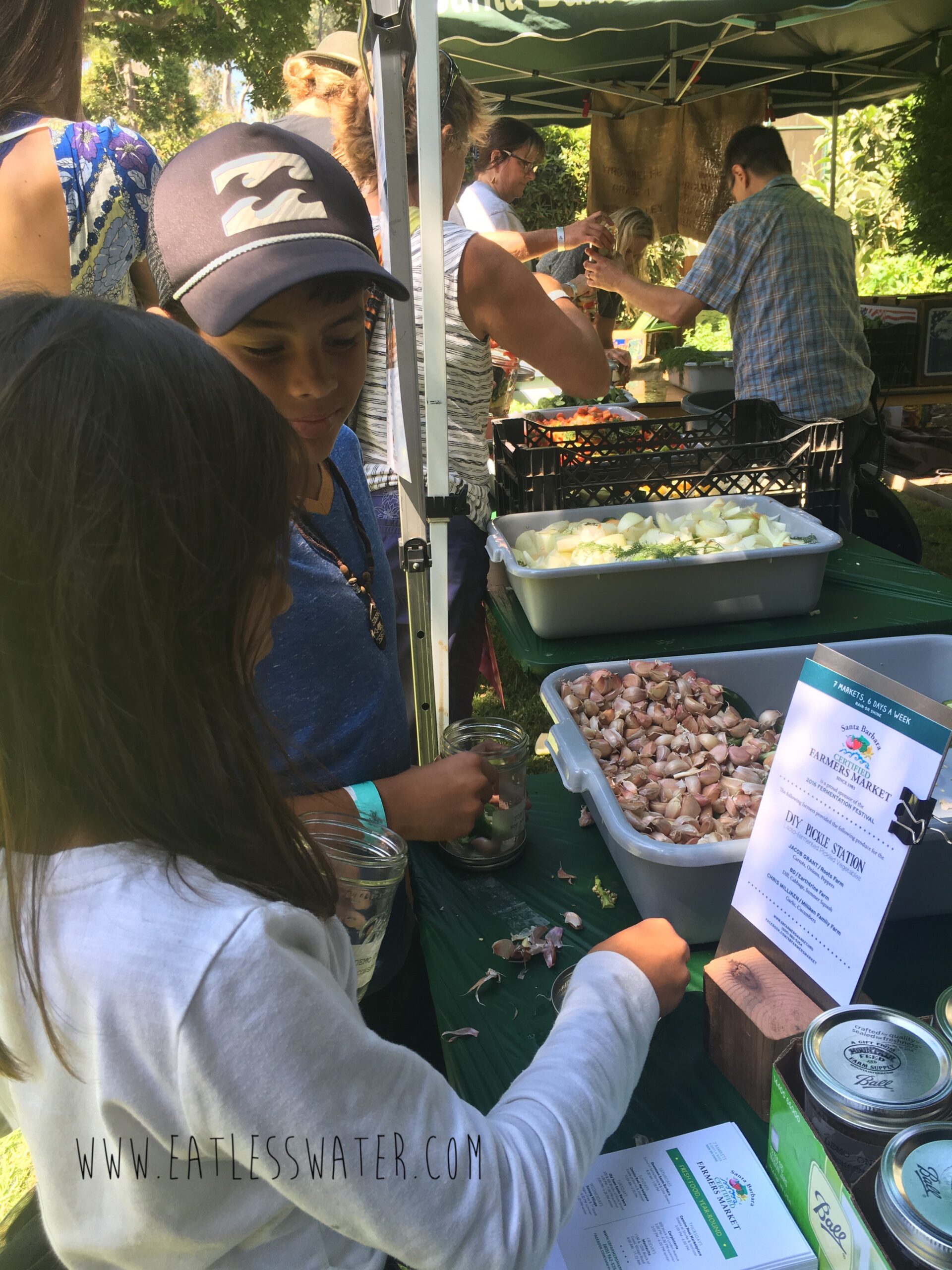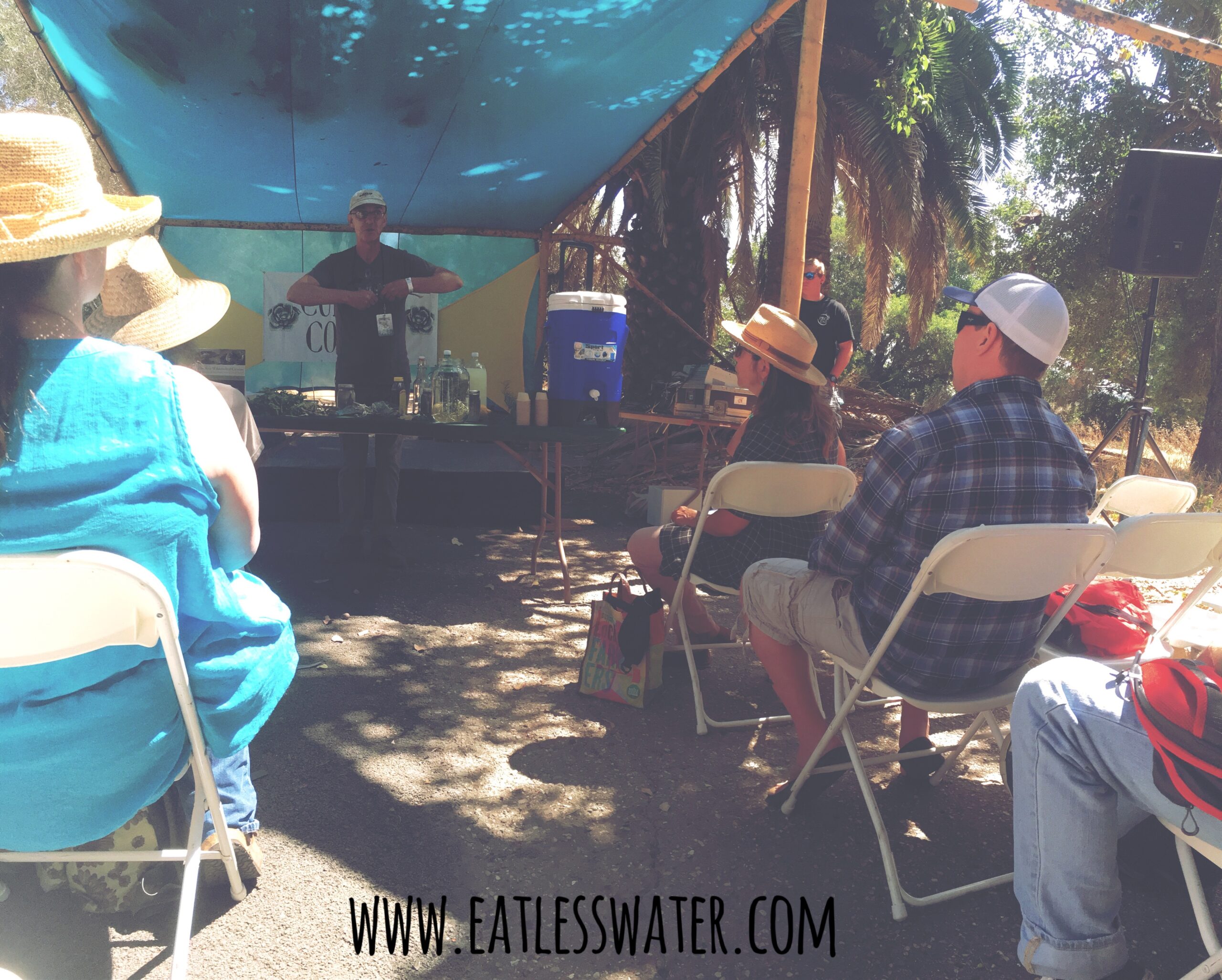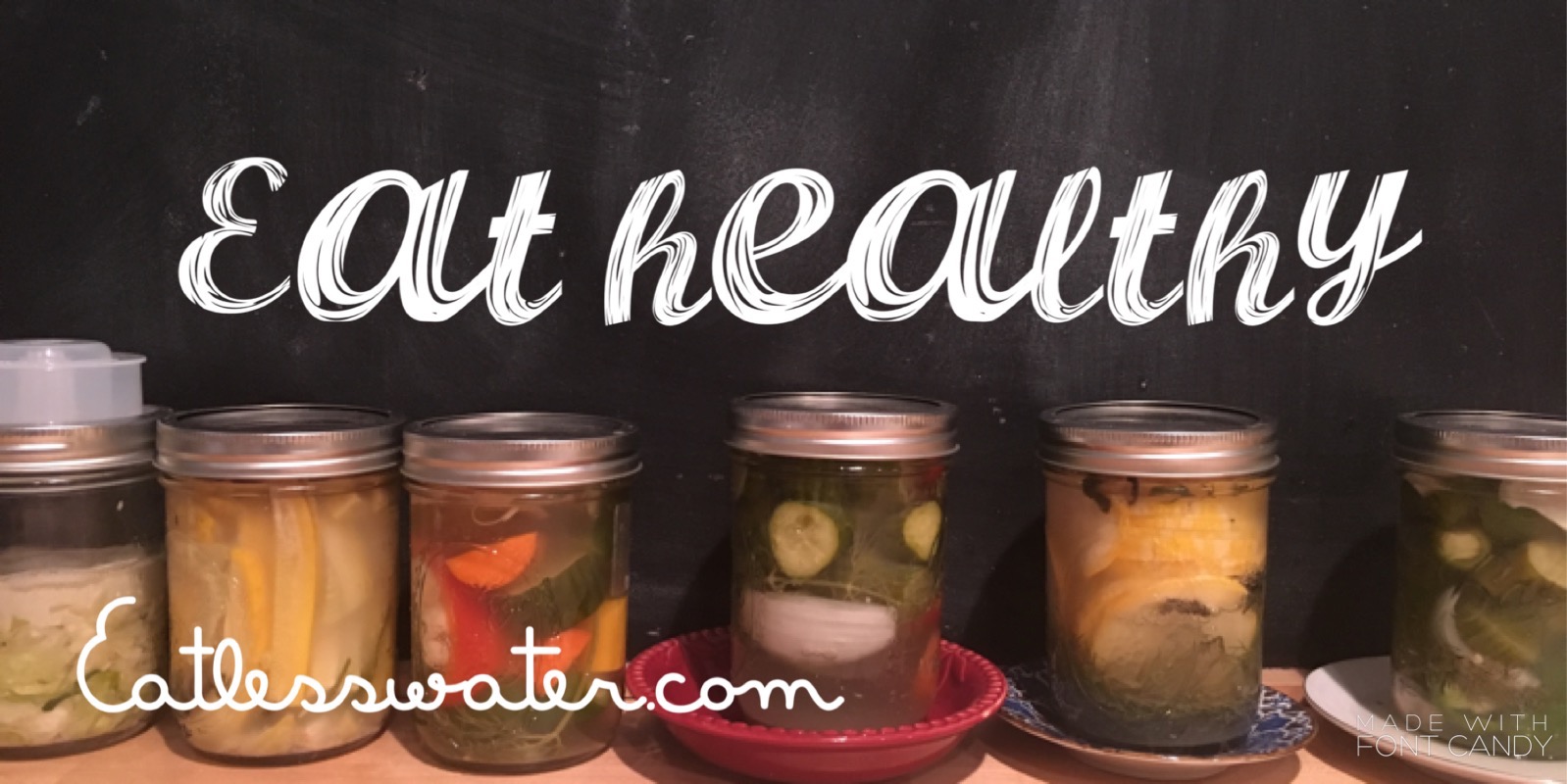Category 4
Category 3
Category 2
Category 1
We specialize in elevating content creators like you through bespoke social media strategies that not only capture attention, but also drive engagement.
Stride Social
Welcome to
“I don’t want to go to a fermentation festival,” complained Joaquin, my ten-year son. “I don’t like kimchi or sauerkraut,” he groaned. I reminded him of other fermented foods, which don’t involve cabbage he likes, like salsa, pickles, kombucha and chocolate. He wasn’t convinced, but he and my youngest daughter, Estrella had no choice in the matter. They were going to the Santa Barbara Fermentation Festival.

The truth is I had no idea what to expect. I’d never heard of a fermentation festival, but was intrigued by the idea after studying the health benefits of fermented foods when I wrote the beer chapter for my book, Eat Less Water.
Fermentation dates back to 6000 B.C. Bacteria or yeast, fed by sugar in the food, is converted to alcohol or lactic acid during fermentation. Eating or drinking fermented foods promotes microbial balance in the gut, our largest component of the immune system, making it easier for the body to digest, and absorb nutrients. A healthy gastrointestinal tract reduces inflammation linked to a range of health disorders from allergies to autoimmune diseases.
The fermentation process is likened to microorganisms in the soil. Sugar in roots and plant material feeds microorganisms. A thriving microbial community in the ground increases the availability of nutrients to plants’ and increases the plant’s resistance to disease and pests. It always fascinates me when I see how our bodies mirror nature around us.

I am hooked on fermentation after attending the Santa Barbara Fermentation Festival. Imagine packing mason jars with organic vegetables under a canopy of oak trees on the sun-kissed day in Santa Barbara. The kids loved the hands-on workshops as much as me. We packed jars with cucumbers, garlic, zucchini, bell peppers, carrots, and jalapeños. Joaquin even helped stuff jars with cabbage for sauerkraut.
But the best part for all of us was learning how to make fermented soda. Author, Pascual Bauder, introduced the concept of wild sodas. We learned you could make soda from a variety of plants found at and around our homes. Pascual treated us to his drink made from pine needle that surprisingly had hints of tangerine and lemon. In the DIY tent, we learned to make kefir mojito soda. We have our first batches fermenting on our kitchen counter now.

The end of the festival came too quick. It was too much to see, learn, do and eat in one day. We never made it to the Kombucha Lounge.
“This was the best festival I’ve ever come to, ” said Joaquin while he drank sips of cayenne pepper kombucha and helped me carry out our heavy basket of mason jars full of vegetables soaked in brine.
The good news is the Wild Brew event is in March. So if you live near Santa Barbara, or want to build a weekend getaway around this festival, you will not be disappointed.
Eat less water at the kitchen table.
There is power in the collective!
Be well,
Florencia Ramirez
Leave a Reply Cancel reply
Ready to take Action?

click to Read & Leave a comment
Click to close comments
Comments